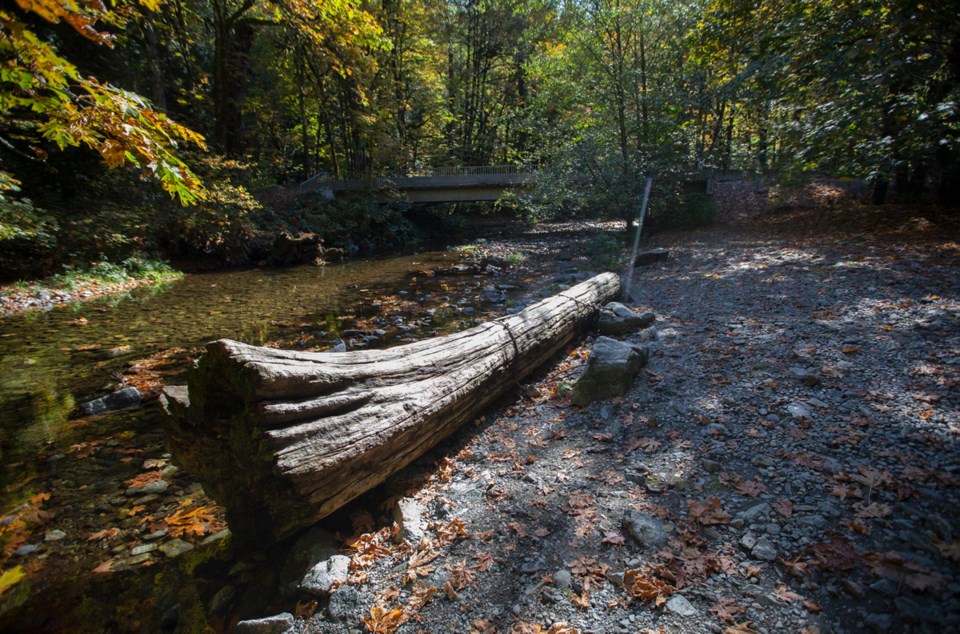B.C. parks are going to have more campsites, better trails and more amenities over the next three years, but the more immediate question is: Is it safe to visit them?
Environment Minister George Heyman gave a teaser outline of what next week’s budget holds for the perennially underfunded parks system. It holds a lot of good news, which is why he announced it ahead of time. (Governments issue dire warnings to reporters about the sacrosanct secrecy of the budget and the need to respect embargos on pain of excommunication. But they leak whatever they please ahead of time if it suits their purposes.)
Considering the fact that he closed all the parks just a year ago because of COVID-19, the prospect of a sizable influx of cash into the system is even better news than it might have been. The promise comes in the middle of a public argument about whether stricter travel restrictions are needed.
If the entire park system was closed down last year when there were barely 400 cases of the virus in B.C., should it be open when there have now been 116,000 cases, 10,000 of which are currently active?
B.C. parks, which are heavily advertised on all media, create the very thing that authorities are cautioning against — travel. But the light touch on restrictions is going to continue for a while. Heyman said Friday: “We’re following the advice of medical health and we will take the precautions that are necessary, but nothing specific is planned today more than what we have in place.”
What’s in place now are mild curbs like spacing out campers more and all the usual caution signage.
The only restrictions are a limited temporary bar against out-of-province reservations until July 8, and an expectation that B.C.ers will only use parks near their homes. Both those are on the honour system.
“So people who are lucky enough to have a park in their immediate vicinity may use that as an opportunity to get out to expose themselves and their family to fresh air and the beauty of the outside,” said Heyman.
He acknowledged that it is hard to analyze whether people are meeting the travel expectations. Spot checks on reservations last year found virtually full compliance in terms of the B.C.-only reservation period, he said. And when outsiders were found to be holding reservations, they cancelled them when asked.
“I would say our reliance on giving advice and voluntary compliance with the reservation system has been exceptionally high.”
This isn’t to argue against keeping parks open. The closure last year looked like an over-reaction. Parks and even campgrounds are capacious enough for people to enjoy safely with full social distancing.
There’s probably more exposure getting to a park than being in one, and that can be managed. But still, there’s mixed messaging in encouraging people not to travel while promoting camping destinations. And the hope that people will just go to ones nearby doesn’t clear it up.
Reporting the latest case count Friday (1,005 more with six deaths) provincial health officer Dr. Bonnie Henry advised people visiting neighbourhood parks to limit the size of their groups. Health Minister Adrian Dix is expected on Monday to extend the indoor dining ban at restaurants, but he didn’t suggest any further restrictions are in the works.
Overall, the parks rules are another contrast with much firmer restrictions in other provinces. An hour after Heyman defended open parks, the Ontario government announced draconian plans to put up checkpoints at its Manitoba and Quebec borders on Monday to turn back people who don’t meet essential-travel criteria.
However B.C.’s open parks policy plays out as the crisis continues, the parks themselves will be much better off when it concludes.
The $83-million infusion Heyman announced Friday amounts to a 57 per cent hike in the capital budget and a 22 per cent hike in the operating budget for three years. Another $5 million was allocated earlier for summer works programs.
Outdoor and recreation groups have spent decades pleading for such a funding increase. The parks budget was reduced slightly in the last provincial budget, to the point where it is on par with Metro Vancouver’s budget for a much smaller system of parks.
lleyne@timescolonist.com



